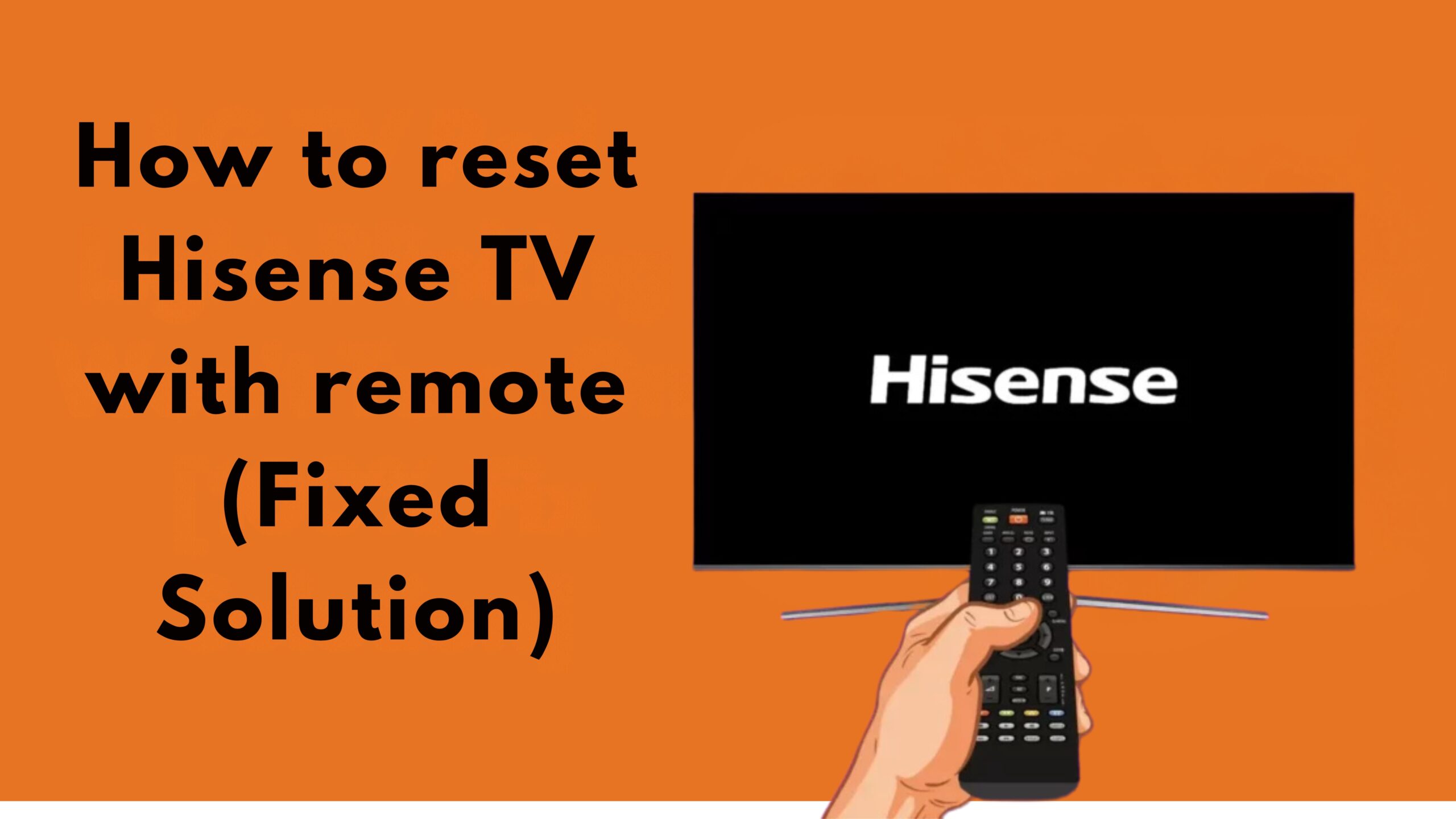Let’s say you come home after a stressful day, sit on your couch excited to binge your favorite show, and then your TV starts playing nasty tricks on you.
The television goes on and off again, time and time again, and all you can do is sit there and wonder if you’ve lost your mind.
If you have ever been in such a position, consider that you are not the only case.
Most of people face this issue and going through its primary reasons can help to get some peace in your living room.
In this thoughtful article, we will look at some of the possible reasons for a TV that keeps switching itself off and on.
Tell some stories from our practice, and give a thorough tutorial on how these issues can be dealt with.
You will know by the end how to deal with this annoying problem themselves without any hassles.
![TV turns on and off by itself repeatedly [Proven & Fixes]](https://4ucartoon.one/wp-content/uploads/2024/10/TV-turns-on-and-off-by-itself-repeatedly-Proven-Fixes-300x169.jpg)
Understanding the Problem: Why Your TV Keeps Turning On and Off
1. Power Supply Issues
A bad power supply is the most common reason why a television set exhibits the action of turning itself off and immediately back on again on a loop.
The power supply unit (PSU) is a device that is designed with the responsibility of providing the necessary energy to the functional elements of the TV set.
Failing or damaged PSUs can cause something as simple as flickering which can lead to turnings within the television as well.
2. Remote Control Malfunction
A defective remote control is also a possible cause.
If a button is stuck or there is a problem with the battery, the remote control may send a command to the TV on and off perpetually.
3. Faulty Circuitry
The internal mechanisms of a TV, like any other devices, are not immune to the effects of aging or humidity and temperature.
Which can cause faults in the systems allowing independent switching on and off of the TV.
4. Software Glitches
Just like other electronic appliances, TVs run on software.
They sometimes have bugs in the firmware that can cause random reboots which can be quite strange.
5. HDMI-CEC Interference
Almost all modern TVs are equipped with HDMI-CEC (Consumer Electronics Control) which allows the connection devices to control each other.
When these devices and the TV are poorly set up, there is a risk of the TV switching on and off
6. Overheating
Poor ventilation or too much dust accumulation may cause the TV to turn off and then restart.
Since most TVs are designed to protect internal components from overheating once a threshold is reached they turn off.
This can form an endless cycle of switching on and off which is quite annoying.
Troubleshooting Steps to Fix the Issue
Having discussed the possible causes, let us now go further to these specific procedures in detail that will assist you fix the issue that your TV switches on and off by itself.
Step 1: Examine the Power Supply
Check the Power Cable: There would be a need to confirm that the power cable is well connected to the wall socket as well as to the TV.
A loose connection can result in sporadic power supply problems.
Try a Different Outlet:
You may try connecting your television to a different outlet to check whether there is a problem with the initial outlet. In some cases, there could be faults or damages to the outlets.
Check for Damage:
Check for cable frays or any visible breaks on the power cable. If there are any issues, it would be fair to suggest replacing the cable.
Step 2: Look Into the Remote Control
Remove Batteries:
Pull the batteries from the remote control and see if the TV still turns on and off. If it does and the remote control is suspected.
Clean the Remote:
Occasionally dust and other debris can accumulate under the buttons and make them sticky.
It is thus important to give your remote a good clean and ensure the buttons can move freely.
Change the Batteries:
Some batteries that are powerful but are low on power can cause such erratic behavior.
Get new batteries and insert them back in the drawing where the batteries were never used.
Step 3: Investigate Internal Structures
Look for Damage: If you have adequate skills and knowledge, feel free to remove the back cover and inspect the TV for any visible circuit components that are impaired.
Check for damaged circuit traces, defective capacitors, and dangling wires.
Examine For Dust Accumulation:
Dust may settle on the internal parts and cause them to overheat.
Take a can of compressed air and blow dust from within the TV, especially in tight regions such as the vents and the fans.
Seek Professional Assistance:
In case of severe visible damage or if you are in doubt, the safest thing to do is contact an appropriate technician who will evaluate and fix those internal structures.
Step 4: Upgrade Software
Search for New Updates:
Many of the modern versions of electronic televisions have the necessary settings to check for updates on their software.
In the event that your television is internet-enabled, go to the settings and check if there is a firmware update available.
Reset to Factory Settings:
If your television behaves erratically after several commands, consider reverting to the factory settings.
Do note that with this option all settings, configurations, and all data would be wiped so please ensure to have a backup for important data beforehand.
Step 5. Go to the HDMI-CEC settings.
Disabling HDMI-CEC: Searching for its presence on a TV menu, if the look for a possible troubleshooting option would be the HDMI-CEC feature.
Invalid inputs usually cause power cycling and other abnormalities of the feature in question.
Devices: The other possible source of the problem are connected devices on the rear panel of the set. Disconnect them from the TV set and gather them again one by one to trace the cause of the problem.
Step 6. Fixing the Overheating Problem
Ensure a Suitable Place:
It is very important to position the TV in an open area.
Make sure it’s not positioned close to any appliance that generates significant heat. It is not advised to position a TV in a closed place, for instance, inside a teak cupboard.
Vents:
Make it an old habit to clean the television vents regularly to avoid blocking the airflow from the set if no one wants to get it free.
Temperature Control:
In the case of situations when your television is still fuming no matter how many cool places you find for it, installing an outside fan is also an option.
Personal Anecdote: The Case of the Mischievous TV
A few months back, my friend also met the same situation with the smart TV.
After his a long at work, he took a rest at home only to find that his television started switching on itself and off all the time.
Anger overwhelmed him in light of the situation and he began looking for the source of the problem on his own.
At first, he assumed it was the remote control since he always threw drink spills on it. The batteries were changed and the remote was cleaned very well, but the problem did not go away.
Sometime after fighting for several evenings, the caller learned that it was the HDMI-CEC configuration that was causing the trouble.
After he turned it off, he was able to use his television set comfortably and watch peace programs once more.
Frequently Asked Questions (FAQs)
What do I do when my TV keeps turning on and off by itself?
That is a common concern and can be caused by many reasons such as power supply problems, remote control problems, software problems, or even HDMI-CEC interference.
What are the symptoms of a defective power supply?
Some of the symptoms of a defective power supply are flickering of screens, there is sound but the TV does not completely turn on, and almost all the time it does not turn on at all.
Check the power cable and the plug also for any damages.
Is this problem related to a stuck remote control?
A stuck button on a remote is capable of sending an uninterrupted signal to the television thereby making it keep turning on and off.
There is an easier way: if you take away the batteries and then clean the remote.
I’ve noticed my TV is constantly overheating. How do I remedy this situation?
Always put the TV in a space that allows good air circulation, wipe the air vents on the TV regularly, and for additional cooling, an extra fan can be used.
Am I at risk if I open my TV to check for physical deprivation?
If you are knowledgeable about electronic devices, you can check the internal setups of your TV.
But if you are not confident, you should seek the help of a certified repair technician.
Conclusion
It is annoying to have a TV that has a mind of its own and flips off at odd times, but it must be noted.
That once the reasons for concern are known, the steps of troubleshooting in this particular situation can be quite useful.
From simple solutions like a button to press on the remote and changing the batteries to changing the power supply system, the right actions can replace the trouble.
However, it is important to regularly check the TV performance and all its components to prevent surprises in the future.
For now, it is safe to stretch and watch your favorite shows without worrying about any interruptions.

![TV turns on and off by itself repeatedly [Proven & Fixes]](https://4ucartoon.one/wp-content/uploads/2024/10/TV-turns-on-and-off-by-itself-repeatedly-Proven-Fixes-scaled.jpg)
![Vizio Tv Keeps Turning On and Off Repeatedly [Solved]](https://4ucartoon.one/wp-content/uploads/2024/11/Vizio-Tv-Keeps-Turning-On-and-Off-Repeatedly-Solved-445x265.jpg)
![Samsung TV Flashing On And Off [Fixed Solution]](https://4ucartoon.one/wp-content/uploads/2024/10/Samsung-TV-Flashing-On-And-Off-Fixed-Solution-scaled.jpg)
